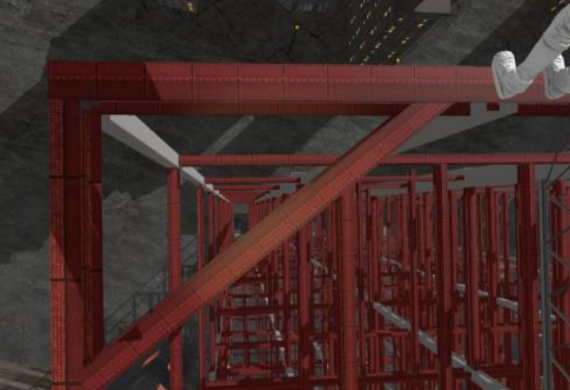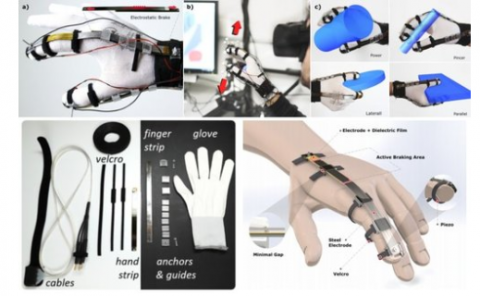A Mixed VR and Physical Framework to Evaluate Impacts of Virtual Legs and Elevated Narrow Working Space on Construction Workers Gait Pattern
PubDate: Jun 2019
Teams: University of Nebraska-Lincoln;University of Washington
Writers: Mahmoud Habibnezhad, Jay Puckett, Mohammad Sadra Fardhosseini, Lucky Agung Pratama

Abstract
It is difficult to conduct training and evaluate workers’ postural performance by using the actual job site environment due to safety concerns. Virtual reality (VR) provides an alternative to create immersive working environments without significant safety concerns. Working on elevated surfaces is a dangerous scenario, which may lead to gait and postural instability and, consequently, a serious fall. Previous studies showed that VR is a promising tool for measuring the impact of height on the postural sway. However, most of these studies used the treadmill as the walking locomotion apparatus in a virtual environment (VE). This paper was focused on natural walking locomotion to reduce the inherent postural perturbations of VR devices. To investigate the impact of virtual height on gait characteristics and keep the level of realism and feeling of presence at their highest, we enhanced the first-person-character model with “virtual legs”. Afterward, we investigated its effect on the gait parameters of the participants with and without the presence of height. To that end, twelve healthy adults were asked to walk on a virtual loop path once at the ground level and once at the 17th floor of an unfinished structure. By quantitatively comparing the participants’ gait pattern results, we observed a decrease in the stride length and increase in the gait duration of the participants exposed to height. At the ground level, the use of the enhanced model reduced participants’ average stride length and height. The results of this study help us understand users’ behaviors when they were exposed to elevated surfaces and establish a firm ground for gait stability analysis for the future height-related VR studies. We expect this developed VR platform can generate reliable results of VR application in more construction safety studies.


